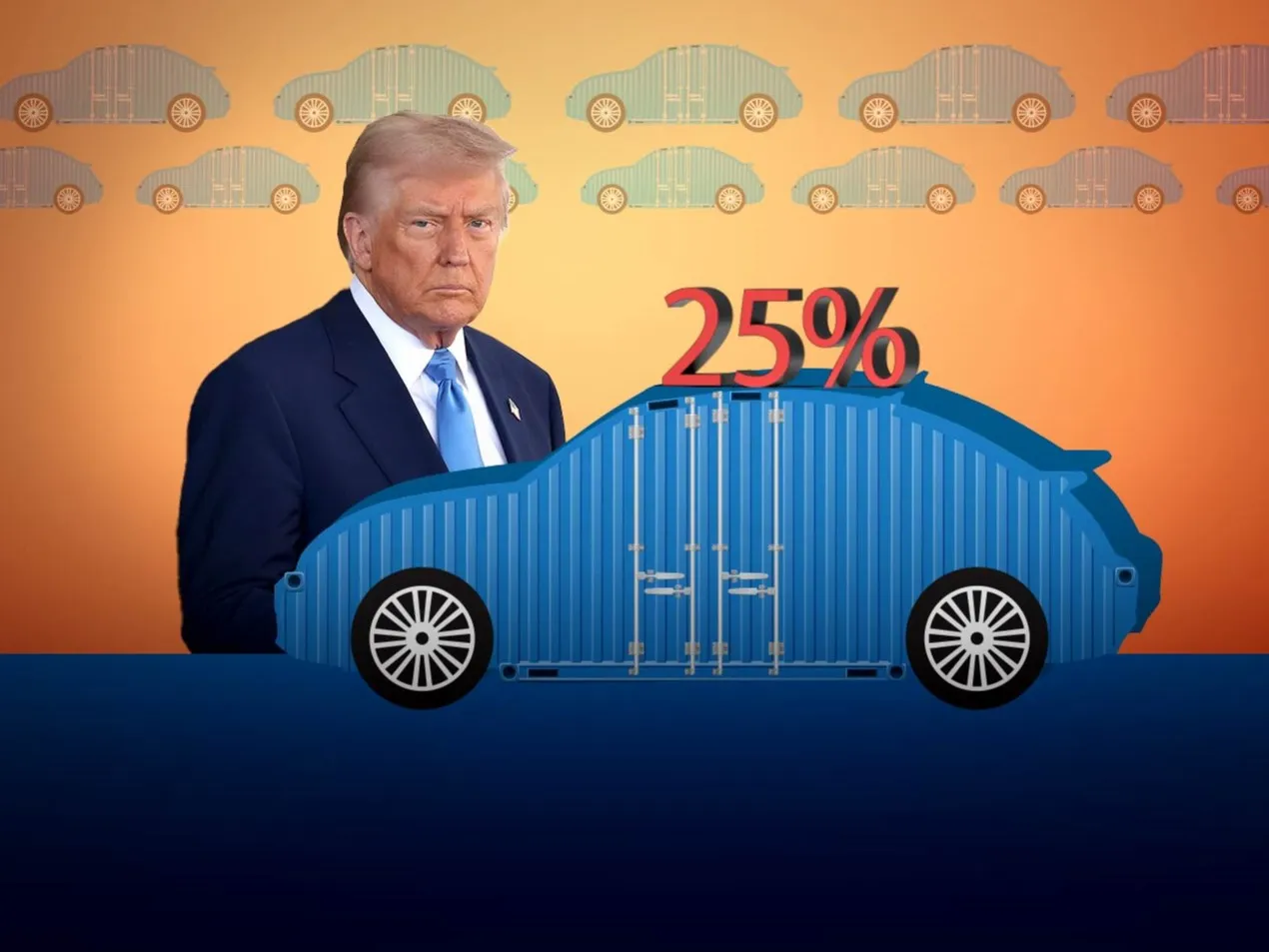Trump’s Tariff Relaxation Lifts Wall Street Spirits
Shares listed on Wall Street enjoyed an upward movement on the 29th of April as investors parsed through somewhat inconsistent earnings reports while simultaneously celebrating a measure by President Trump to alleviate tariffs burdening automakers.
Mr. Trump’s new plan encompasses constraints on the ramifications of numerous tariffs impacting auto manufacturers. Alongside this, a provision has been introduced allowing these companies to counterbalance a part of the imposed duties for a duration of two years.
Investors have expressed optimism due to these changes, seeing hope in President Trump’s increased flexibility, particularly as it pertains to the automotive industry, an important sector of the U.S. economy.
The trading activity culminated in the Dow Jones Industrial Average, an important index, rising by 0.8 percent, ending the trading session at 40,527.62 points.
Simultaneously, the comprehensive S and P 500 index increased by 0.6 percent, reaching a closing level of 5,560.83, while the Nasdaq Composite Index, renowned for its concentration of technology stocks, mirrored this gain of 0.6 percent, ending on 17,461.32 points.
On April 28, stocks showed a stagnant movement after marking four consecutive positive sessions the previous week. This performance can be attributed to Trump’s shift to a more agreeable stance on the trade conflict with China, coupled with the announcement that he does not intend to oust Jerome Powell, the chairman of the Federal Reserve.
There’s a prevailing sentiment among market observers that the upward potential for the stock market continues to remain substantial, despite uncertainty being a persistent backdrop.
This optimism is rooted in a common belief among investors that anticipated impacts of the tariffs have already been factored into the existing market levels, paving the way for potential future growth.
The changes brought forth varied outcomes amongst automakers, with General Motors experiencing a decrease of 0.6 percent, while Ford and Stellantis found themselves on the other side of the spectrum earning 1.3 percent and 2.5 percent respectively.
Performance was not uniform across all sectors or companies. For instance, companies like Honeywell International felt a positive jolt as their shares increased by an impressive 5.4 percent.
On the other hand, some companies such as UPS saw a slight decline of 0.4 percent in their shares. Even within a generally favorable landscape, market dynamics inevitably bring about distinct outcomes for different firms.
Not all was dire, as beverage giant Coca-Cola and pharmaceutical powerhouse Pfizer also reaped the benefits of the positive market sentiment, with their shares advancing 0.8 percent and 3.2 percent respectively.
The day’s market events highlight the intensely interconnected dynamics of the global markets, where changes in policy, economic indications or even a single industry-specific tariff decision can cause ripple effects across multiple sectors and individual stocks.
Concurrently, this also underlines the ability of the markets to absorb and rapidly adjust to new information, with traders, investors, and analysts working incessantly to respond to such changes while hedging against potential risks.
In conclusion, the impact of President Trump’s decision on auto tariffs was felt not only in the auto industry, but its influence permeated throughout Wall Street, offering a glimpse into the delicate balancing act between governmental decisions, company performance and market sentiment.

